The chanting of the call to prayer is beautiful and melodious in the midst of the hustle and bustle of the streets of Jambi City when people are still busy with their work. The afternoon was quite hot wrapped in the cool breeze and the mosque tiles. A muezzin stands firmly in front of the mic while continuing to sound the call to prayer through the mosque’s loudspeaker. That place is the Grand Mosque of Al-Falah Jambi, one of the religious tourism destinations in Jambi City that should be visited.
The Great Mosque of Al-Falah, known as the “Thousand Pole” Mosque, stands in the center of Jambi City. This nickname is not without reason, because this mosque has a lot of supporting pillars. This iconic mosque applies the concept of chicken claws, without walls. This concept was adopted from an idea that belonged to a professor at the Bandung Institute of Technology (ITB) Professor Sedyatmo. The chicken claw concept is quite popular because it can reduce electricity transmission costs and is considered environmentally friendly.
The Daily Chairperson of the Al-Falah Grand Mosque Management, Mislan said, the mention of the term “Thousand Poles Mosque” has various versions, one of which is based on community stories. He suspects that the naming began when the 4th President of the Republic of Indonesia, Abdurrahman Wahid or Gusdur visited the Al-Falah Grand Mosque. At that time, the President’s aide whispered to Gusdur that the mosque had many pillars. Since then, the name of the Thousand Poles Mosque has emerged.
“That’s how the story goes. We don’t know exactly when the term Thousand Poles Mosque was first popularized. But what is clear is that people in Jambi City call it the Great Mosque, there are also those who call it the full Al-Falah Grand Mosque, rarely anyone mentions the Thousand Poles Mosque. Usually those who call the Thousand Tiang Mosque are from outside Jambi. We have no problem,” said Mislan.
Also Read: Be Careful of the Trap of Deploying Peacekeeping Forces to Gaza
One thing that is unique about this mosque, at a glance if we hear the name of the Great Mosque, we will easily say that this mosque is a district/city mosque, while the mosque in the province is the Grand Mosque. The stigma is quite reasonable, because according to the rules. However, there are exceptions to the Great Mosque in seven provinces, one of which is in Jambi Province. Al-Falah Grand Mosque is a provincial mosque.
According to the records of the management of the Great Mosque of Al-Falah, the pillars in the mosque that are the pride of the people of Jambi City reach 232 pillars, consisting of 40 large pillars covered with wood at the bottom, and copper in the middle that supports the main dome with beautiful architecture. While 192 other white pillars lined up around it to the outside of the mosque.
On the outside of the mosque, there is a towering minaret and a fish pond built around the main building of the mosque. This concept is deliberately made to neutralize the incoming dust. In addition, this place of worship is very cool because the wind that blows can enter it without any obstacles from the walls. This mosque is only equipped with a fan without air conditioning.
In addition to being environmentally friendly and energy efficient, this concept is considered capable of making a building resistant to earthquake shaking. The open and seamless concept of this mosque creates a friendly and open impression. Indeed, the people of Jambi are known to have a friendly nature towards guests who come from outside Jambi.
Also Read: The Forty-Four-Days of Glory: Azerbaijan’s Struggle for Justice and Peace
or the inside of the mosque with a building area of 6,400 square meters, there is a large dome filled with ornate accent lines in various colors. The dome looks more beautiful with the calligraphy made of glass. The presence of decorative lamps with large sizes made of copper, further beautifies the inside of the mosque. The mosque is estimated to be able to accommodate up to 10 thousand worshipers.
On the mihrab side, the mosque is decorated with various calligraphy made of brass and copper. The right side of the mihrab is engraved with calligraphy that reads the name of Allah Subhanallahu wata’ala while on the left side is decorated with calligraphy of the Prophet Muhammad. On the left and right of the mihrab, there are calligraphy inscribed with the names of Khulafaur Rashidun, four of the Prophet’s companions such as Abu Bakr, Umar, Usman, and Ali.
The shape of the mihrab at the Al-Falah Grand Mosque is similar to the concept of a throne in Islamic kingdoms in Java. “There are cultural influences outside Jambi, because many of the architects, field supervisors, and workers who built this mosque came from outside Jambi, especially from Java,” said Mislan.
History of the Great Mosque of Al-Falah Jambi
Also Read: Palestine Solidarity Month: A Collective Movement for Al-Aqsa and Palestine’s Freedom
Al-Falah Grand Mosque is located at Jalan Sultan Thaha No. 60 Legok Village, Telanaipura District, Jambi City whose secretariat is at the Jambi Islamic Center. This mosque is located in the center of the hustle and bustle of Jambi City, precisely adjacent to Angso Duo Market, a traditional market for the people of Jambi City. The Great Mosque of Al-Falah has a long history.
The idea of building this mosque was first started in 1960 by the Government and several religious leaders, traditional leaders, and community leaders. The aim is to increase the syiar of Islam. In addition to the significant increase in the population in Jambi, it also makes it easier for Muslims to carry out their worship.
From the opinions that emerged to find the best solutions including location, funding, and so on, in 1971 the program for the construction of this mosque had just begun. The construction of this mosque was initiated by Drs. H. Abdurrahman Sayoeti who served as the Regional Secretary of Jambi Province at that time.
“The construction of this mosque is also supported by religious leaders, traditional leaders, to community leaders who will later become a symbol of the fame of the Jambi people,” explained Mislan.
Also Read: Hassan al-Turabi: A Controversial Thinker from Sudan
Several figures who played a role in the construction of this mosque include; Sheikh HMO Bafadhal, Chatib Quzuwain, Sulaiman Abdullah, Abdul Kadir Ibrahim, Saman Muhi, Nurdin Abdul Ghani, M Daud Al Hafiz, Jadawie, Yusuf Dahali, Zuhdito, Said Magwie, Hasyip Kalimuddin Syam, Madjid Ghaffar, Abdul Kadir Aripin, and so on .
At that time, according to Mislan, the proposal for the construction of this mosque was submitted to the Governor of KDH Level I Jambi Province, Noer Atmadibrata.
According to history, explained Mislan, the location where the Al-Falah Great Mosque was built belonged to the Jambi Malay Sultanate which in 1885 AD was controlled by the Dutch. The land was once used as the Dutch Government Center or Dutch Fort. After Indonesia’s independence in 1945, the location of the fort was controlled by Korem 042/Gapu.
When it was proposed to be the location for the construction of the Great Mosque, the Governor through the Regional Secretary of Jambi City contacted the Commander of the Sriwijaya Military Command II in Palembang to ask for the land back. This effort paid off with the agreement and the return of the land to the Jambi Provincial Government which formerly belonged to the Jambi Malay Sultanate.
Also Read: Who Exactly is the RSF Group Shaking Sudan?
“The location that now stands majestically at the Al-Falah Grand Mosque was once the territory of the Jambi Malay Sultanate. It is said that the Malay Sultanate never lost a battle, until the Dutch came to the area. The naming Al-Falah which means victory is because the Malay Sultanate always wins, so this name is used for the Great Mosque,” said Mislan.
Another philosophical meaning of the naming of Al-Falah, according to Mislan, is because of its location as Tanah Paseko Batuah, namely land belonging to the Jambi Malay Sultanate which in 1885 was controlled by the Dutch, but with persistent struggles, the location was finally recaptured by the Jambi Malay Sultanate. .
“This means that Jambi has won in the struggle against the Dutch, which later on the location of this Benteng land as the chosen land was used as the location for the construction of a magnificent and majestic mosque. Therefore, this mosque was later named the Great Mosque of Al-Falah Jambi, “explained Mislan.
Facilities of the Great Mosque of Al-Falah
Also Read: The Two-State Solution (Palestine–Israel) in Historical Perspective
This mosque is equipped with various facilities to support religious activities. For those who want to worship, they will find facilities such as a parking lot that can accommodate dozens of cars, a place for storing shoes and sandals, a place for ablution, and a toilet. This mosque has also been equipped with a generator, as well as a complete sound system.
In the courtyard of the mosque, visitors will find a garden decorated with various plants. Not only that, at the Al-Falah Great Mosque there is also a multi-purpose hall that can be used for religious activities such as holding weddings, cooperatives, mortuary management tools, secretariat offices, libraries with collections of various religious books and also madrasas.
The location of the Al-Falah Grand Mosque which is located in the center of Jambi City also makes it easy for tourists to find lodging if they want to spend the night. In addition, around the mosque, there are also many stalls, cafes and restaurants that can be visited after religious tourism to the mosque, the pride of the Jambi community. A visit to the Al-Falah Grand Mosque can certainly provide a quite memorable religious tourism experience. (AT/RE1)
Mi’raj News Agency (MINA)
Also Read: Enchanted by K-Dramas, Dragged into Slander: Time for Muslims to Rise!





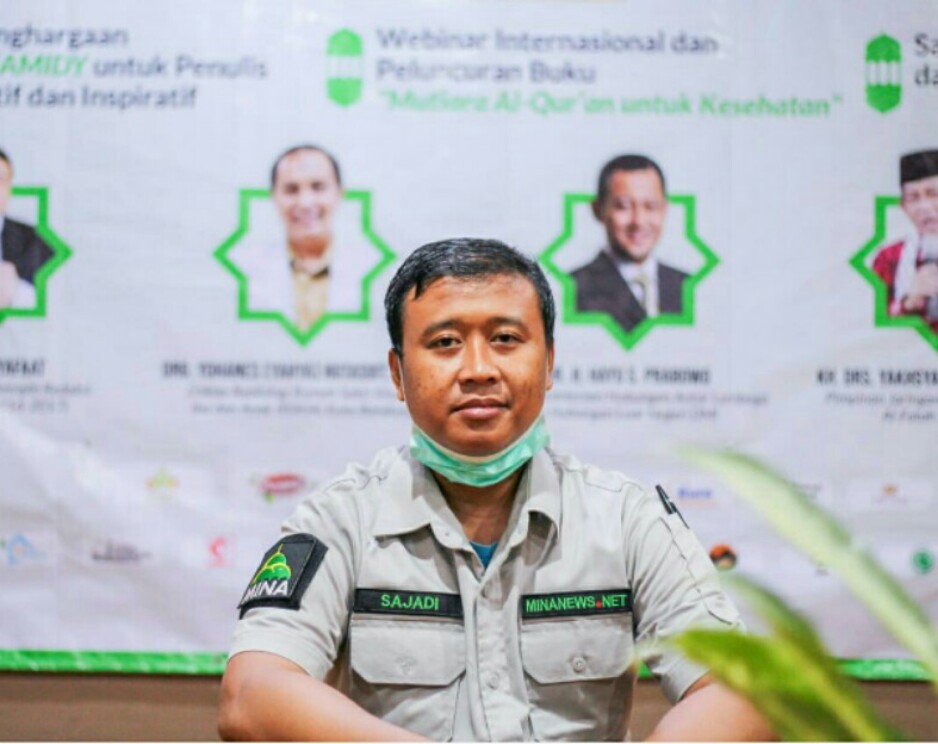
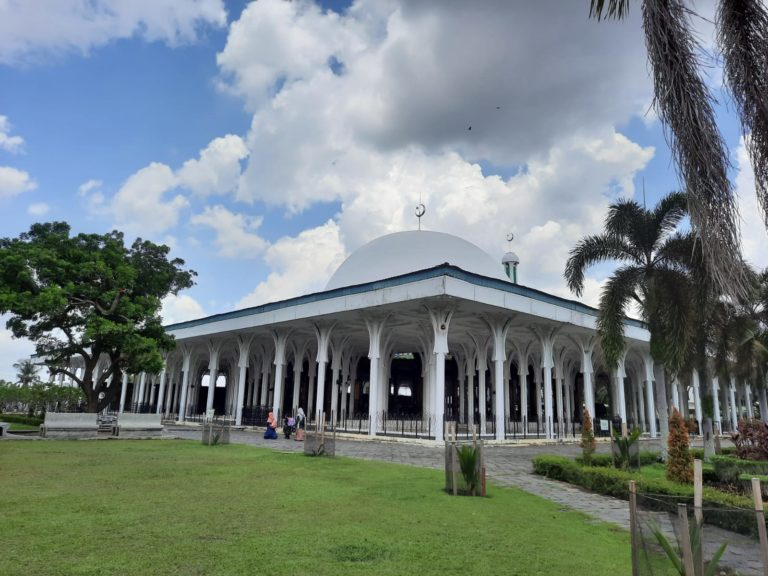


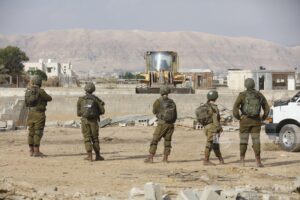
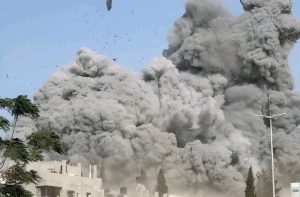



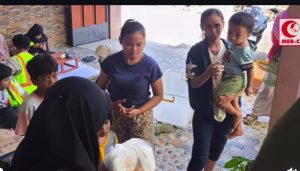

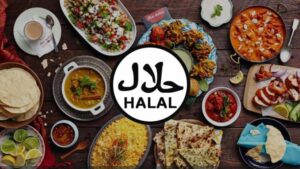






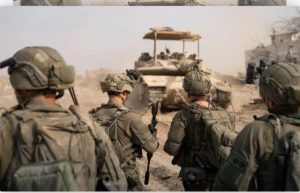

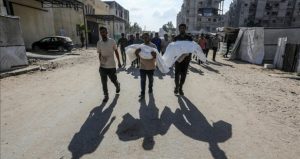






 Mina Indonesia
Mina Indonesia Mina Arabic
Mina Arabic